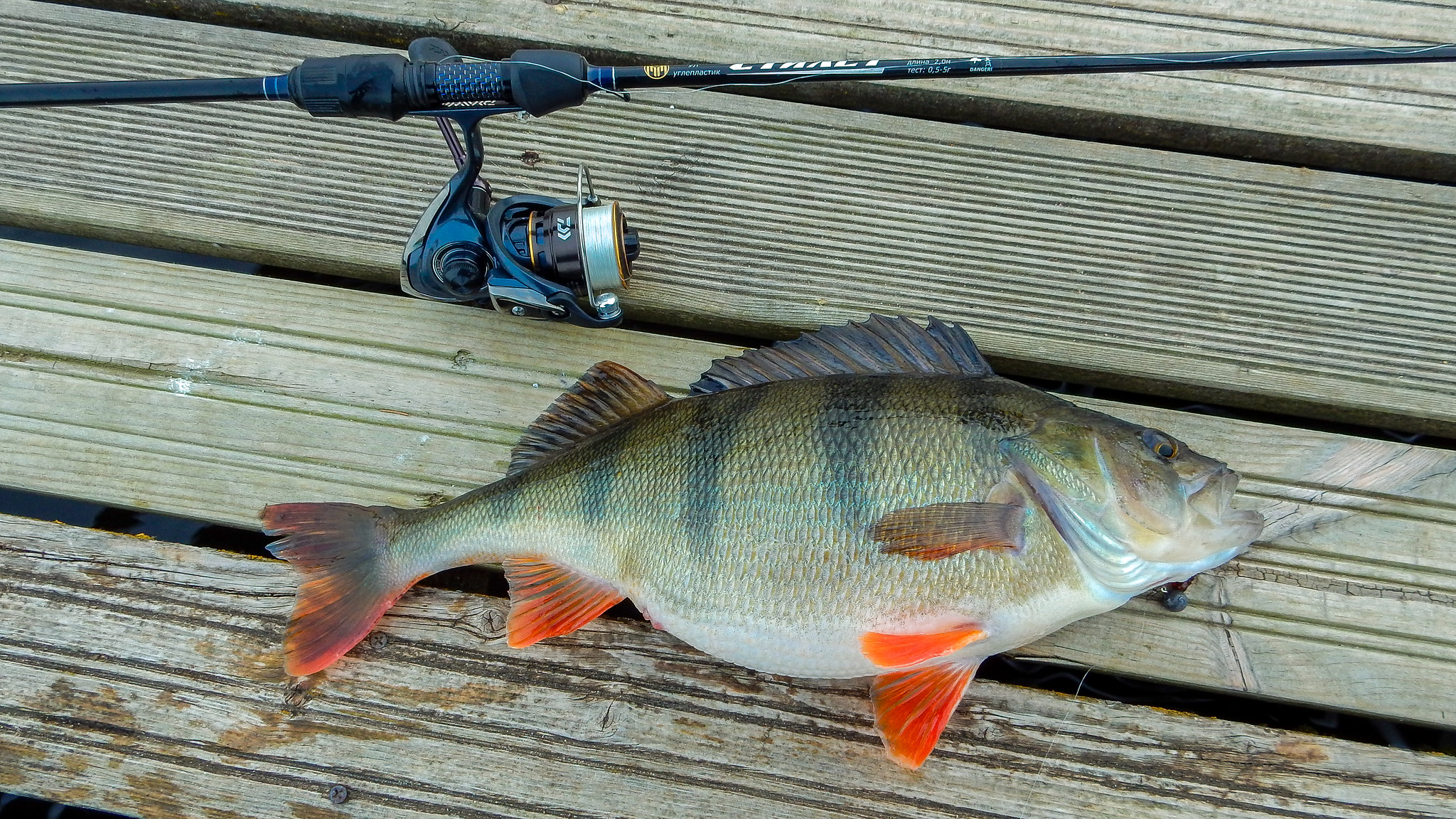Restrictions are necessary to ensure the safe migration of fish to spawning grounds, spawning peace, the protection of undersized fish, and the conservation of endangered species

Catch restrictions are set to ensure that fish stocks are in good condition and that the conditions for spawning, or producing the next generation, are as good as possible. Restrictions are therefore imposed to not disturb spawning and undersized fish, and to spare endangered species (additional info here , menu->additional information->Minimum fish sizes and quantity limits). There are permanent, temporary, specific, and regional restrictions affecting certain fish species and fishing gear. For example, at sea it is prohibited fishing for pike during the spawning season from 1 March to 30 April, and for pike-perch from 15 May to 15 July. Fishing at sea within a radius of 500 m, 1,000 m, or 1,500 m is prohibited at different times near the mouths of several rivers. Species-specific temporary fishing bans ore in order for many species. Before going fishing existing catch restrictions should be checked from the fishing rules and the temporary regulation for fishing (separate regulations for additional regulation of recreational fishing and commercial fishing in the Baltic Sea and Lakes Peipsi, Lämmijärv and Pihkva.The use of fishing gear is regulated by the Fishing Rules and the relevant regulations of the European Union. For example, in recreational fishing, catching with a fish spear and catching burbot with a baitless longline are prohibited. Catching the protected species of grayling, asp, catfish, and sturgeons is completely prohibited in Estonian waters.
Voluntary salmon spawning protection has gained popularity in recent years. This action has helped catch several predatory fishermen, thanks to which salmons who arrive to spawn in the Keila River can produce offspring. The Estonian Fishermen’s Association also gathers volunteers to supervise pike spawning. The statistics of the Environmental Board show that there are still plenty of predatory fishermen: violations of the Fishing Act are the most common in their work [1].
In addition to fishing, the number of highly migratory fish is also directly affected by dams and other obstacles to migration. Due to the dams, a considerable number of potential breeding areas are inaccessible to migratory fish in Estonia. Therefore, in major rivers, dam owners are obliged to ensure the free passage of fish both upstream and downstream at the dam [2].
When fishing, minimum sizes must also be observed and smaller specimens must be returned to the water body.
Additional information can be found in wepage kalaluba.ee what is administrated by Ministry of Environment Republic of Estonia.
Last modified: 21.04.2023
Kadri-Piibe Järve
__________________________________________________
[1] https://keskkonnaamet.ee/jarelevalve-teavitamine-1247/jarelevalve/uuringud-statistika